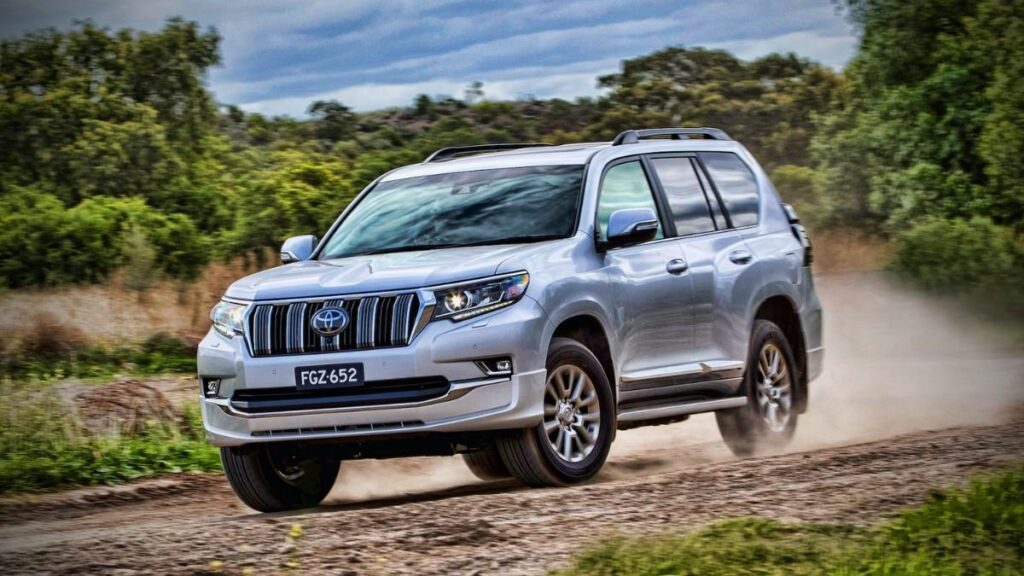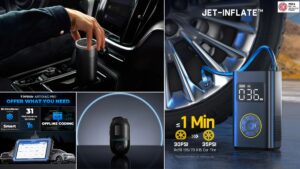Do Not Promote SUVs in India! Global NCAP Chief says learn from the mistakes made by the US and avoid them here

In a recent event in Delhi, the Global NCAP, a prominent safety rating agency for new vehicles, shed light on the increasing popularity of SUVs in India and the accompanying challenges. The agency’s Executive President, David Ward, emphasized the need for the Indian government to discourage the sale of large and heavy SUVs, citing safety and environmental concerns.
The Rising Concern Over SUV Safety
SUVs in India have gained significant market share, with their size ranging from small to big. This rise has pushed back smaller cars, traditionally the backbone of the Indian auto industry. However, Ward pointed out that these big and heavy SUVs might not be as safe as perceived, especially for pedestrians and the environment.
During an event organized by the Institute of Road Traffic Education (IRTE), Ward discussed the risks associated with big SUVs. He stated that the car industry’s push for larger SUVs is a threat to road safety, particularly for drivers of smaller, more fuel-efficient vehicles, and vulnerable road users like pedestrians.
The Dangers Posed by Big SUVs
Ward highlighted how big SUVs, with their larger bonnets, pose a threat to pedestrians, increasing the risk of fatal injuries. He noted that a medium-sized SUV has a one-third lower chance of causing a fatal injury compared to a big SUV. In India, popular big SUVs include models like the Toyota Fortuner, Mahindra Scorpio-N, XUV700, and Tata Safari.
Interestingly, the Global NCAP has rated some big SUVs made in India as among the safest cars in the country. The latest crash tests by the agency placed Tata Safari and Harrier as the top safest cars, with eight SUVs in the top 10 list, three of which are big SUVs.
The Irony and the Warning
Ward’s remarks might seem ironic given these ratings, but his concerns are rooted in the broader implications of increasing SUV sales in India. He warned against repeating the United States’ mistake of promoting SUVs, which poses serious risks to pedestrians due to their high bonnet or hood heights.
The Environmental and Safety Impact
The sale of SUVs in India has almost doubled in the past five years, now accounting for about half of the annual passenger car sales. This growth presents significant road safety and environmental challenges, as noted by Ward. Cars have become heavier, taller, and more powerful, which raises concerns for road safety.
Findings from the United States
Ward cited a study by the Insurance Institute for Highway Safety (IIHS) in the United States, which found that SUVs and pick-ups with bonnet heights over 40 inches are about 45% more likely to cause pedestrian fatalities. The study examined 18,000 pedestrian crashes and noted the increased risk associated with vehicles having blunt or more vertical front ends.
The Global Perspective
This issue of SUVs was also discussed at the recent Vision Zero summit in Stockholm. Nhan Tran, the head of safety and mobility at the World Health Organisation, highlighted the risks associated with SUVs. The IIHS has submitted its findings to the National Highway Traffic Safety Administration in the US, underscoring the global concern over SUV safety.
Conclusion
As SUVs in India continue to grow in popularity, the warnings from global safety experts like David Ward serve as a crucial reminder of the need to balance market demands with safety and environmental considerations. The Indian government faces the challenge of addressing these concerns while fostering a sustainable and safe automotive industry.









